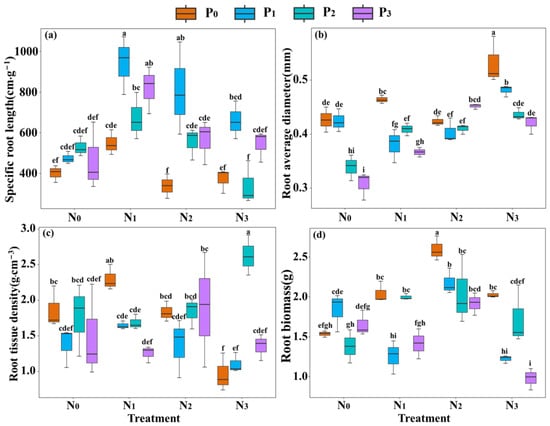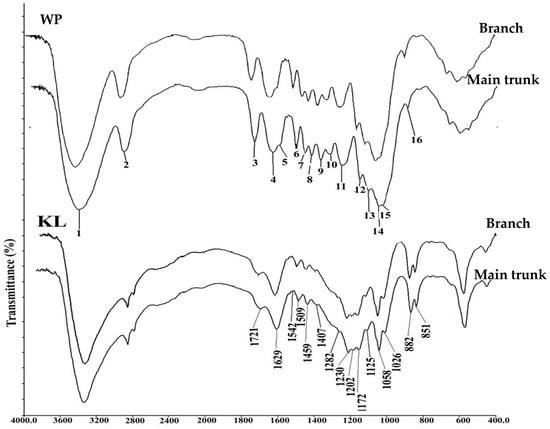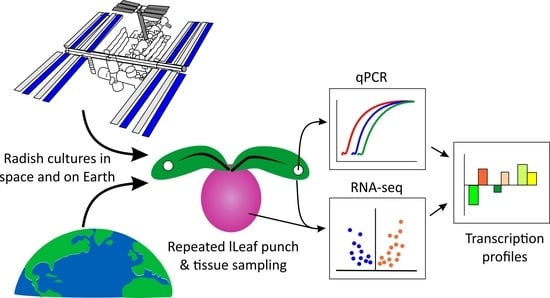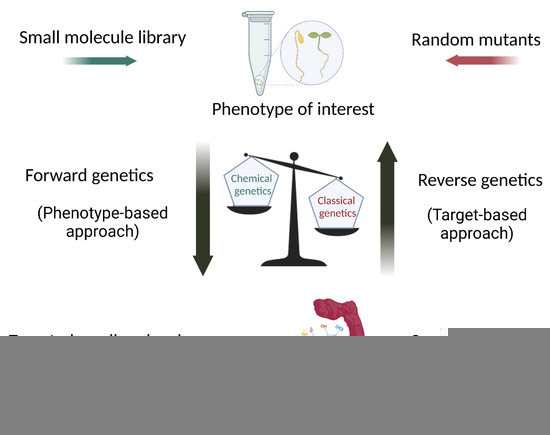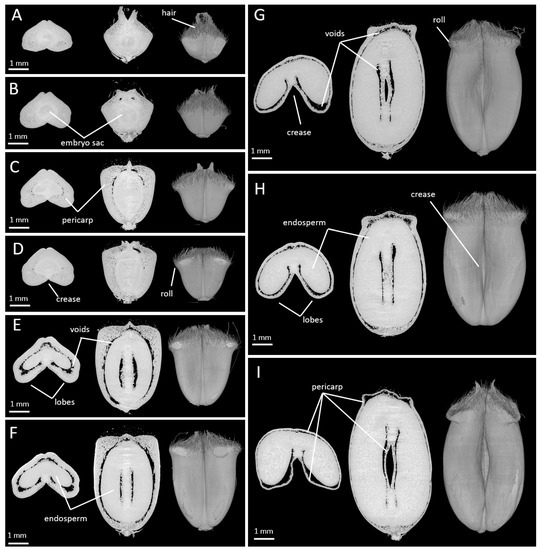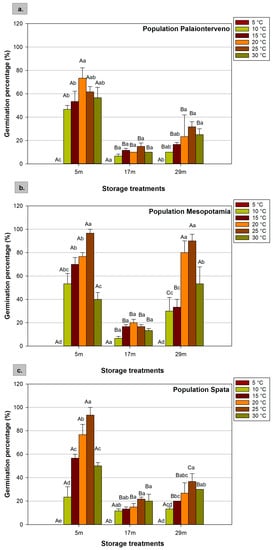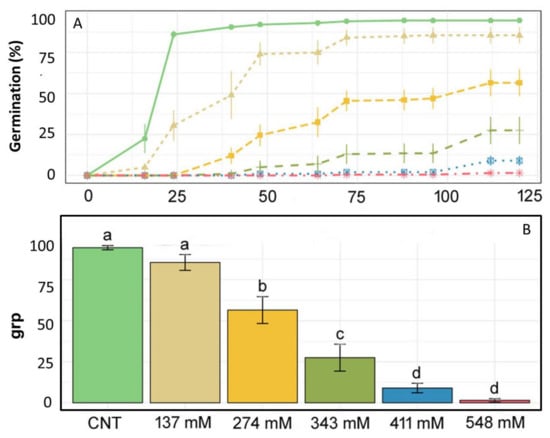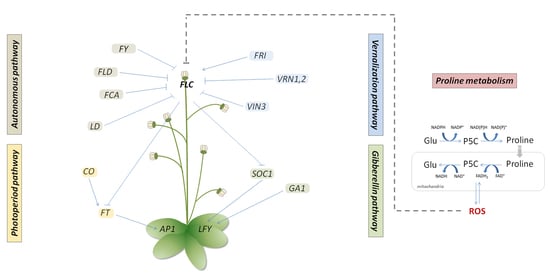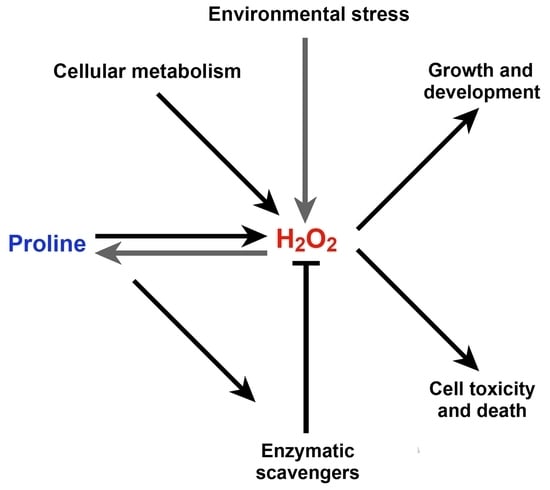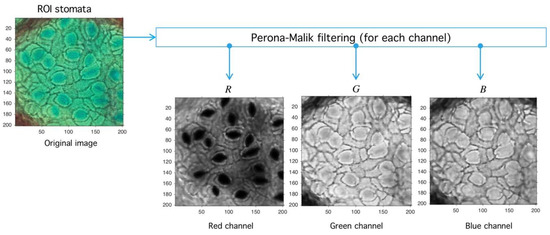Feature Papers in Plant Development and Morphogenesis
A topical collection in Plants (ISSN 2223-7747). This collection belongs to the section "Plant Development and Morphogenesis".
Viewed by 46251Editors
Interests: plant development and organogenesis; functional genomics; transcription factors; plant hormones; cytokinin pathway; transcriptomics; nodule organogenesis; translational plant biology; regulatory networks and hub genes
Special Issues, Collections and Topics in MDPI journals
Interests: proline metabolism; amino acids; drought stress; plant development; proline–ROS interactions
Special Issues, Collections and Topics in MDPI journals
Topical Collection Information
Dear Colleagues,
As follows from the title, this Topical Collection “Feature Papers in Plant Development and Morphogenesis” aims to collect high-quality research articles, short communications, and review articles in all fields about the latest studies of Plant Development and Morphogenesis.
For the selected works of this section on Plant Development and Morphogenesis, we will focus on research questions that address the significant concerns within plant growth, development, and morphogenesis, including interdisciplinary studies with an emphasis on plant development and morphogenesis under biotic and abiotic stress. Topics covered by the section include but are not limited to:
- Initiation, growth, and morphogenesis of plant organs and tissues
- Apical meristem development
- Embryo and seed development
- Germination and seedling development
- Plant reproduction
- Root nodule and mycorrhiza
- Development and morphogenesis of plant under stress
- Hormonal regulation of developmental processes
- Plant adaptation and integrity
- Evolution of developmental mechanisms
Dr. Giovanna Frugis
Prof. Dr. Maurizio Trovato
Guest Editors
Manuscript Submission Information
Manuscripts should be submitted online at www.mdpi.com by registering and logging in to this website. Once you are registered, click here to go to the submission form. Manuscripts can be submitted until the deadline. All submissions that pass pre-check are peer-reviewed. Accepted papers will be published continuously in the journal (as soon as accepted) and will be listed together on the collection website. Research articles, review articles as well as short communications are invited. For planned papers, a title and short abstract (about 250 words) can be sent to the Editorial Office for assessment.
Submitted manuscripts should not have been published previously, nor be under consideration for publication elsewhere (except conference proceedings papers). All manuscripts are thoroughly refereed through a single-blind peer-review process. A guide for authors and other relevant information for submission of manuscripts is available on the Instructions for Authors page. Plants is an international peer-reviewed open access semimonthly journal published by MDPI.
Please visit the Instructions for Authors page before submitting a manuscript. The Article Processing Charge (APC) for publication in this open access journal is 2700 CHF (Swiss Francs). Submitted papers should be well formatted and use good English. Authors may use MDPI's English editing service prior to publication or during author revisions.









